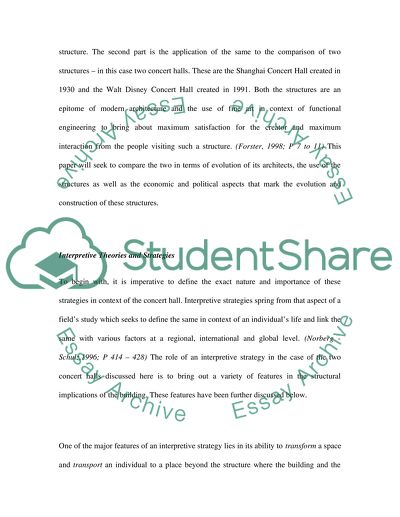Cite this document
(“Architecture Essay Example | Topics and Well Written Essays - 2000 words”, n.d.)
Retrieved from https://studentshare.org/architecture/1512595-architecture-essay
Retrieved from https://studentshare.org/architecture/1512595-architecture-essay
(Architecture Essay Example | Topics and Well Written Essays - 2000 Words)
https://studentshare.org/architecture/1512595-architecture-essay.
https://studentshare.org/architecture/1512595-architecture-essay.
“Architecture Essay Example | Topics and Well Written Essays - 2000 Words”, n.d. https://studentshare.org/architecture/1512595-architecture-essay.


